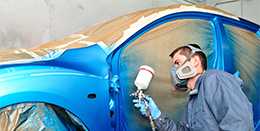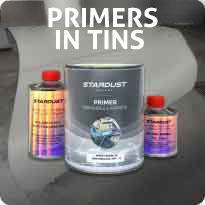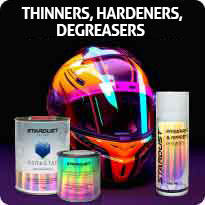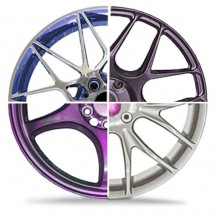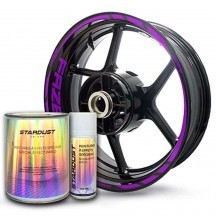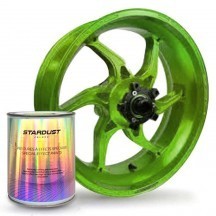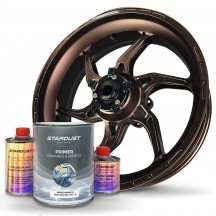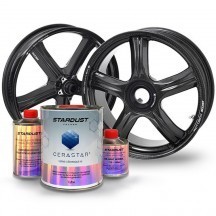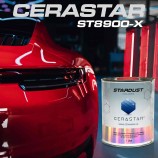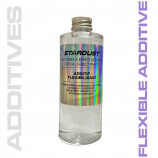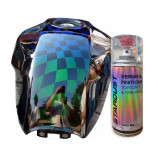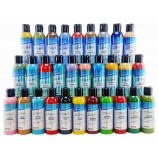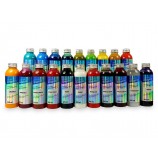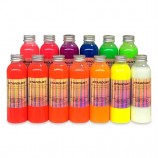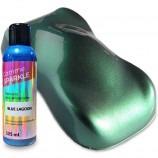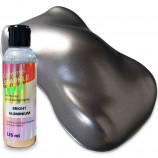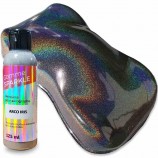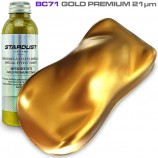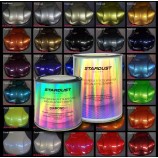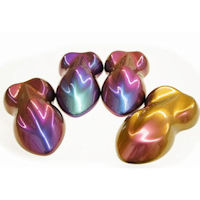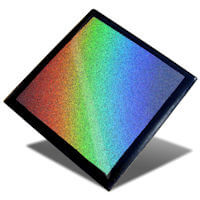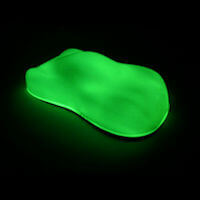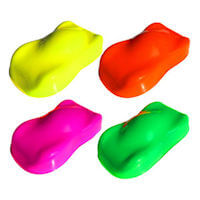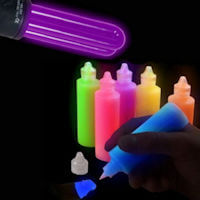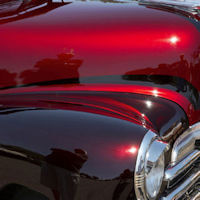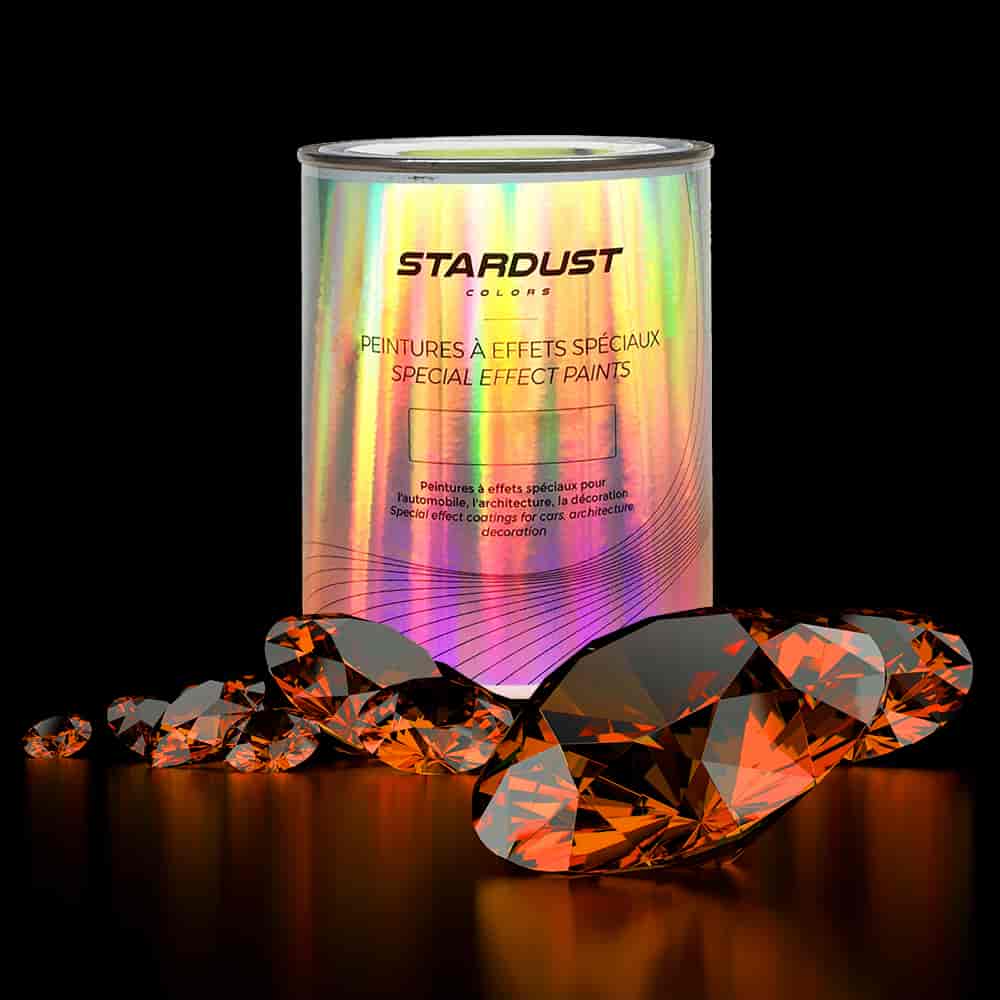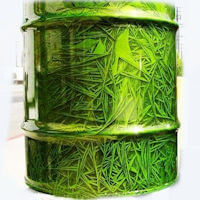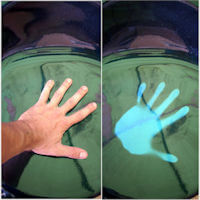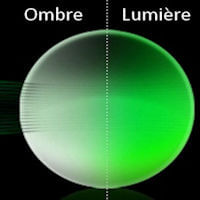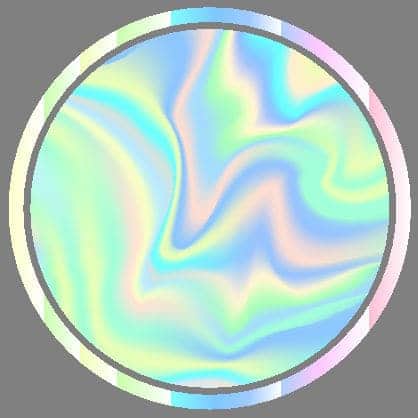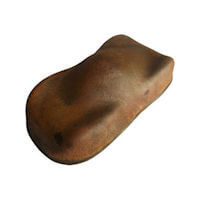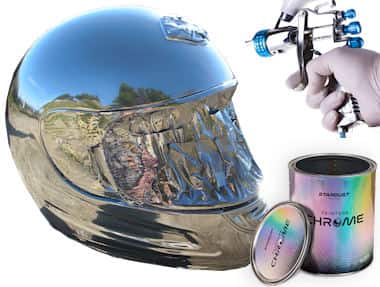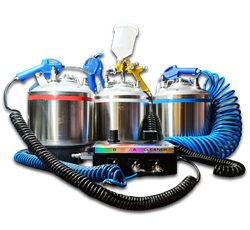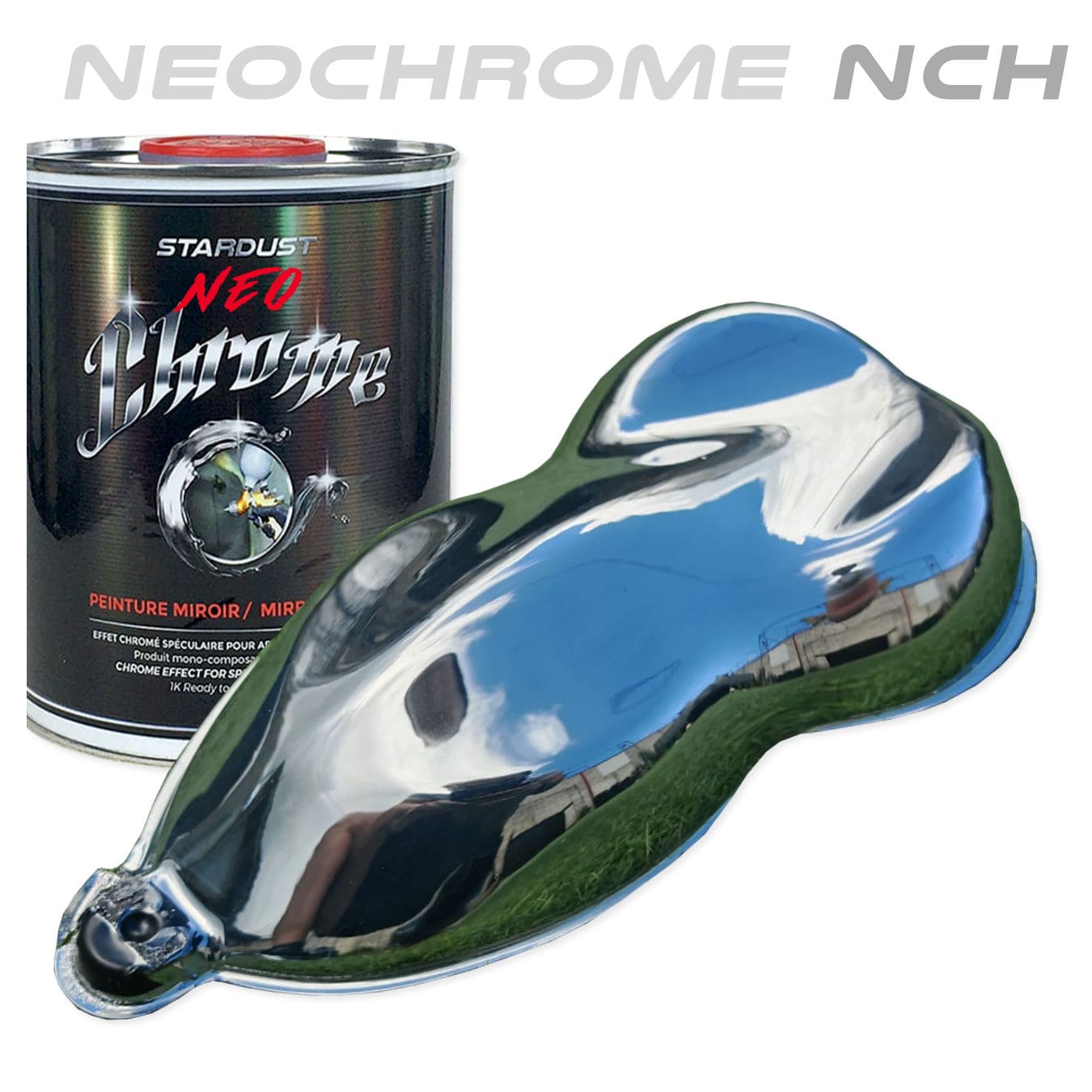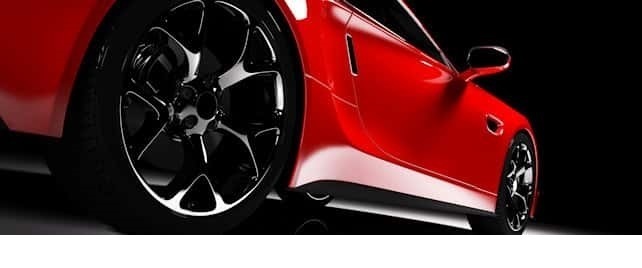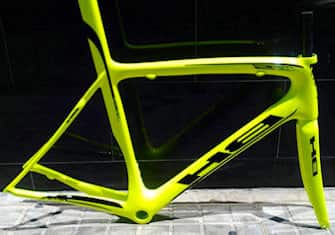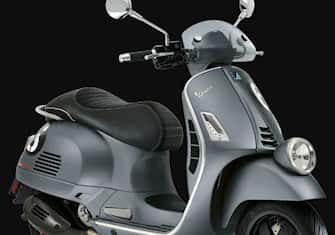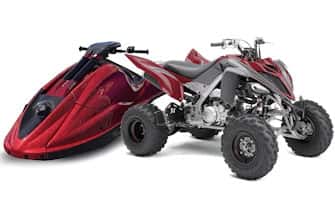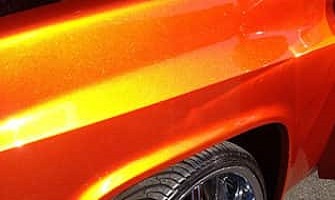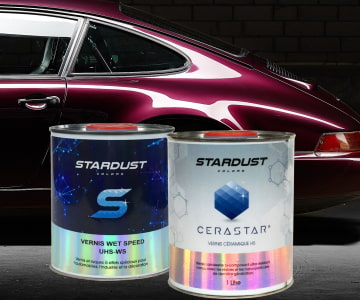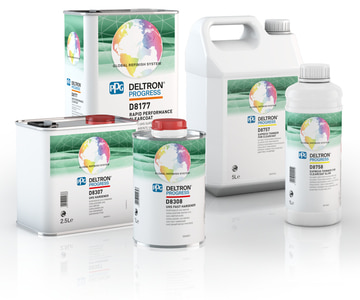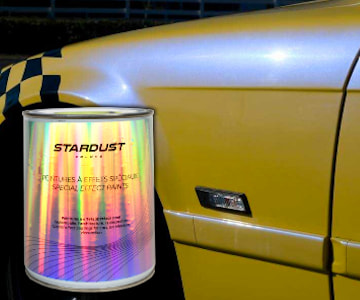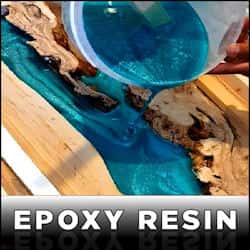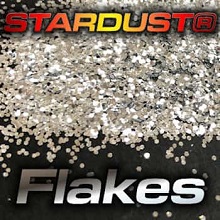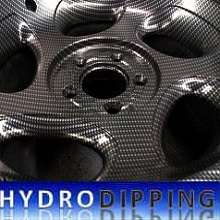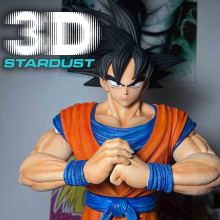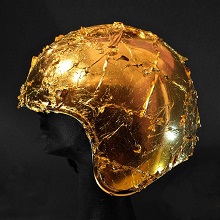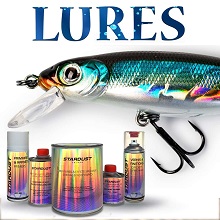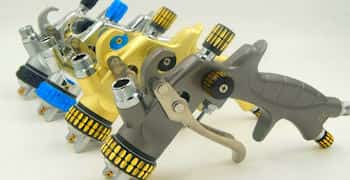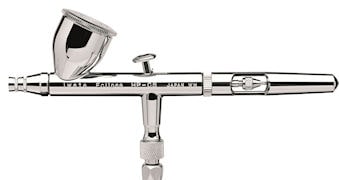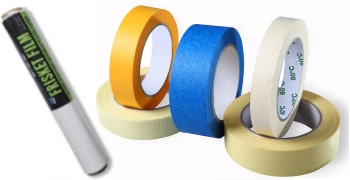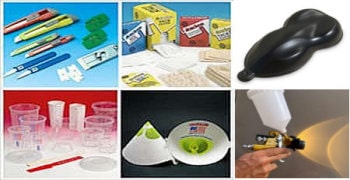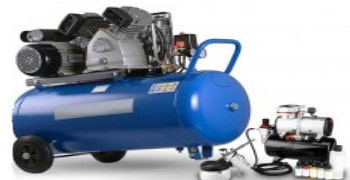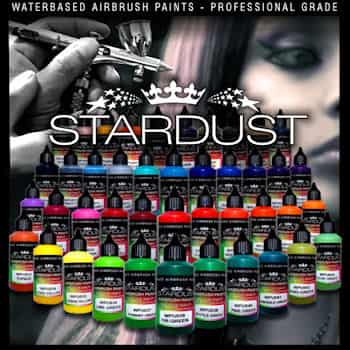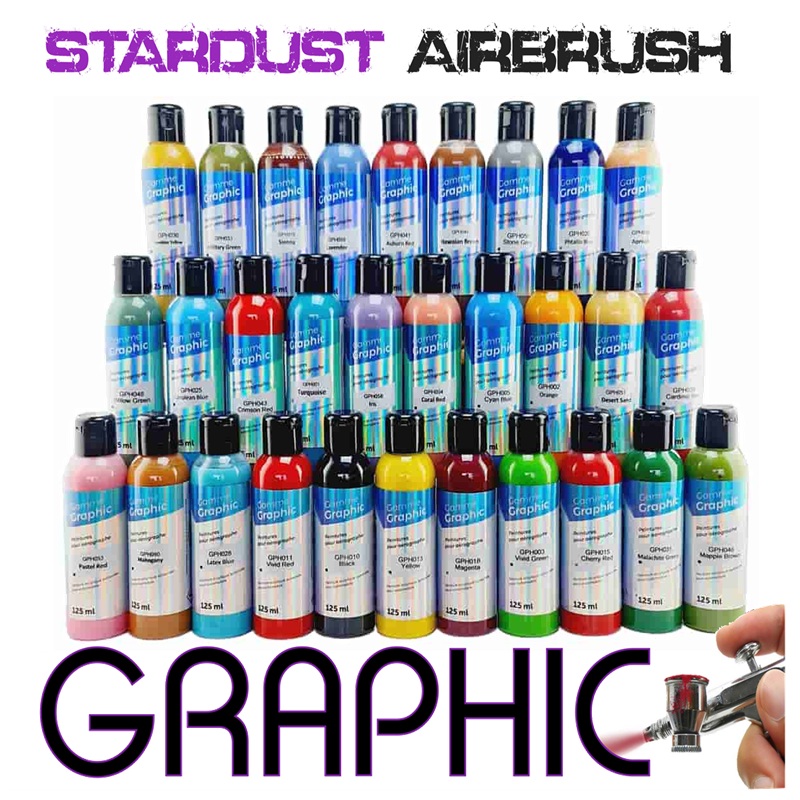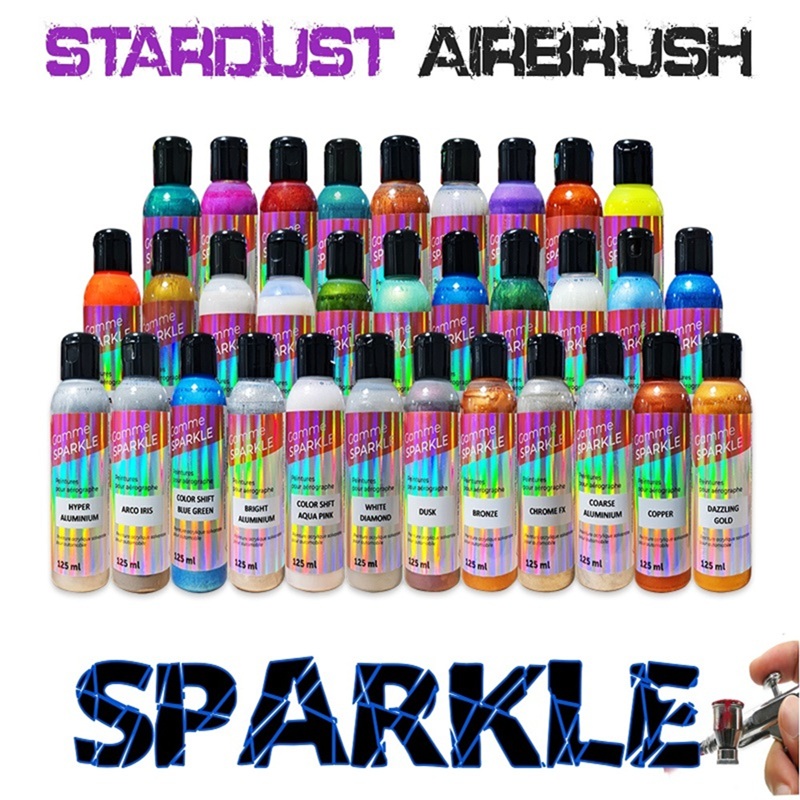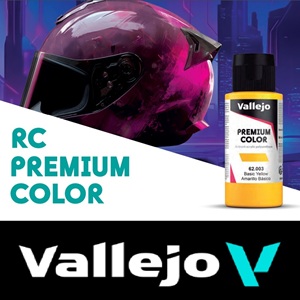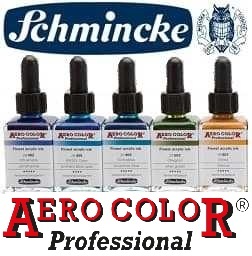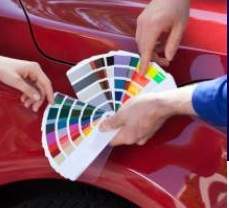Among motorcycle component paints, motorcycle rim paints must be exceptionally resistant because the rims are in close contact with the asphalt, with all kinds of gravel.
Apart from these resistance considerations, you are free to choose any paint for your motorcycle rims, any colour or effect: it does not matter if it is an epoxy paint for motorcycle rims or a classic 1K basecoat, because it is only a thin coat, applied between the two most important coats: the primer and the clearcoat.
Should I look for hardness in a motorcycle rim paint?
No. Contrary to popular belief, hardness is important to avoid scratches, but it is not necessarily the best protection against the risk of cracking, chipping and peeling after an impact with a projectile on the road. The thicker and harder a coat of dry paint is, the more likely it is to break and peel.
The bodywork paints we offer (custom colours, Chameleon, metallic, fluorescent, etc.) are naturally flexible and very thin: they are ideal.
Our tips for applying a motorcycle paint for rim
If the parts have been completely stripped, leaving the metal visible, it is mandatory to apply a specific primer, both to protect the metal from corrosion and oxidation, and to ensure perfect adhesion.
There are two types of metal surfaces: the classic ferrous metals (we use the AS801 primer) and others such as aluminium, alloys, chromium (on which we must use special primers).
If the motorcycle rims are factory-painted, you should not remove the existing paint. In this case, there is no need to apply a primer, and the motorcycle rim paint can be applied directly after light sanding with P500.
If the surface is damaged, with small holes or scratches, a surfacing primer can be applied to the affected areas or to the whole rim.
We spend time talking about the undercoats because this is the crucial step in painting a motorcycle rim.
Depending on what you want to paint on your motorcycle rims, it is important to have a consistent base colour across the entire rim: each colour, whether OEM, pearlescent, Chameleon or fluorescent, must have a base coat that is either black, grey or white.
This colour can be applied to the rim with the primer or simply as a 1K basecoat.
Types of motorcycle paints for rim
The surfaces and shapes of motorcycle rims are totally free spaces to customise, on which you can use any paint effect among the existing types of motorcycle paints for rim iin the manufacturers’ colour charts, but also all the magnificent effect paints we manufacture and offer on our site.
Motorcycle paint accessories for rim
This is for those who may be considering painting their own motorcycle rims, either for the first time or for a new, more advanced project: here are all the motorcycle paint accessories for rim, useful or essential to do a good job, whether with a spray gun or with an aerosol can. From abrasives to adhesives to HVLP guns — check out our techniques and accessories!
The particularity of application with a spray gun or aerosol can
Rims are special surfaces. To paint them, you must keep the wrist very flexible and follow the shapes of the surface to be painted as much as possible. As this is often impossible, the most efficient technique is to paint in one direction, then in the other, in order to cover both “sides” of each spoke.
It is also advisable to have a “mobile” rim: it is better that it turns on its axis, rather than the painter having to move around with the gun and hose!
Our tips and advice for maximum resistance
To ensure a perfect gloss and excellent longevity, the secret is to choose a good clearcoat and, above all, to take care of the adhesion between each coat by applying them “wet on wet” or by sanding between each stage.
The CERASTAR ST8900X clearcoat is today the finest, glossiest and hardest clearcoat we know. It is an excellent choice.
The elasticising additive is a concentrate to be used sparingly (especially in the surface coats) and gives excellent results against stone chips.







